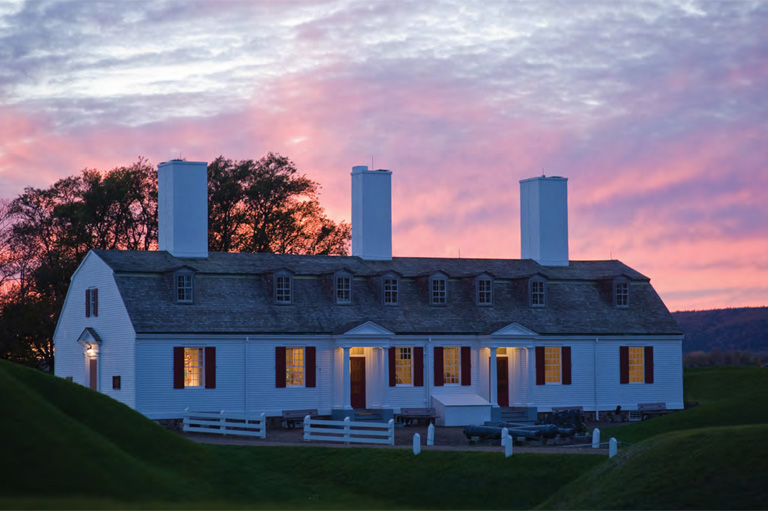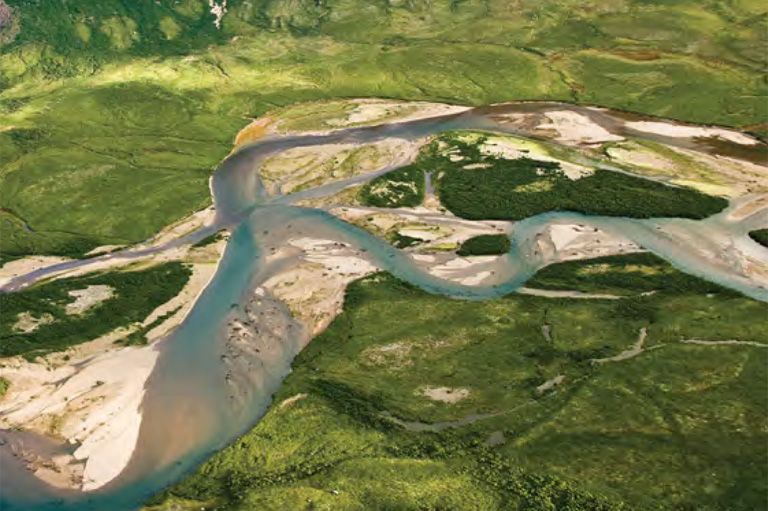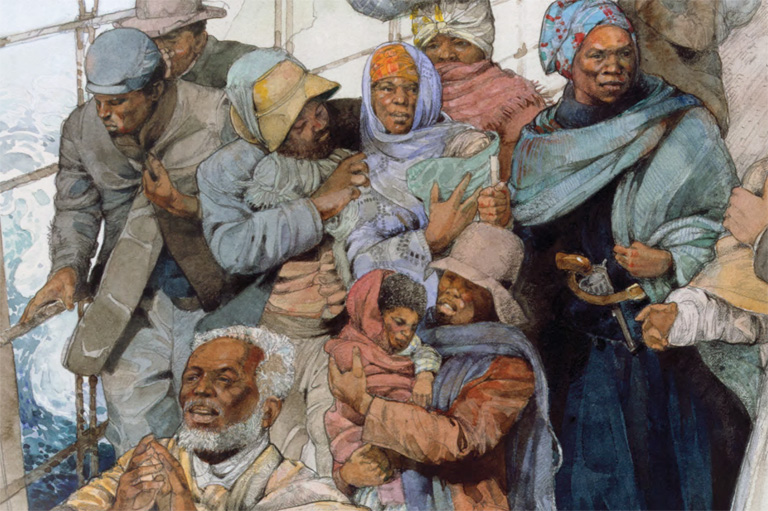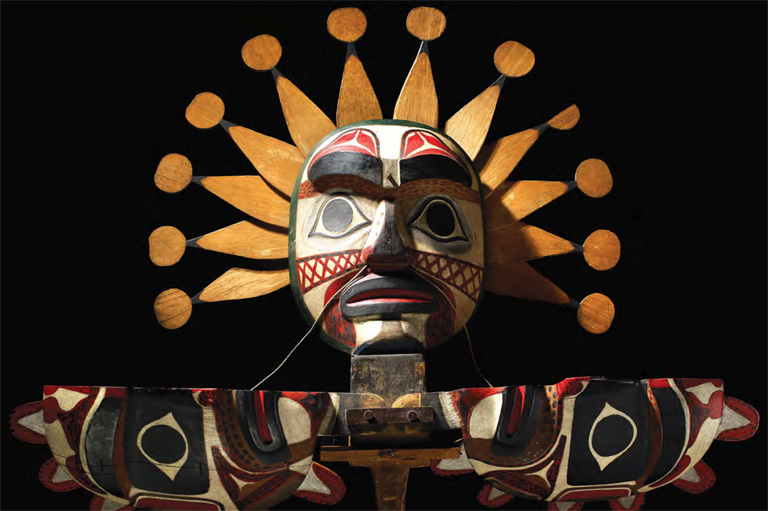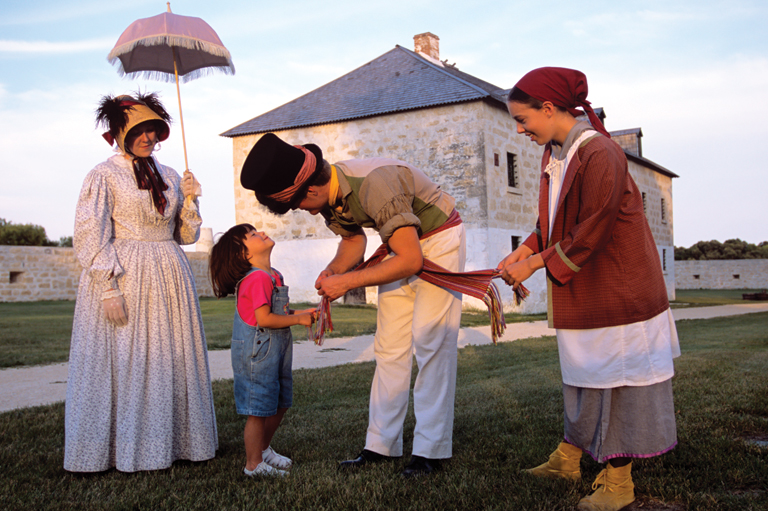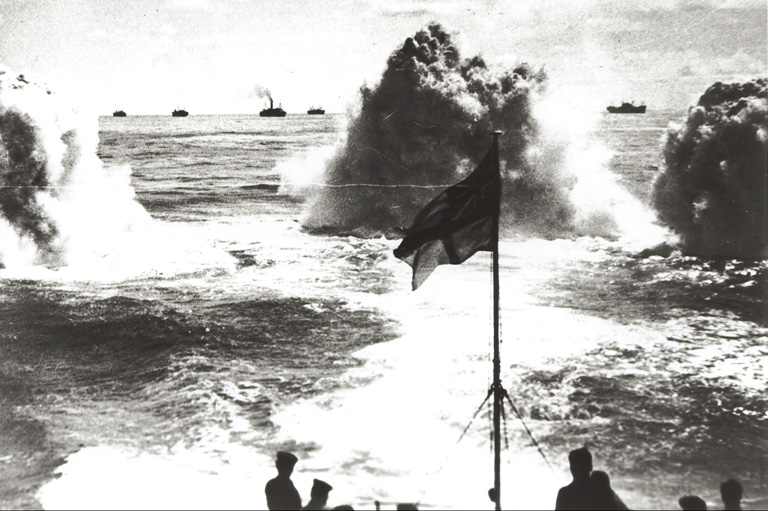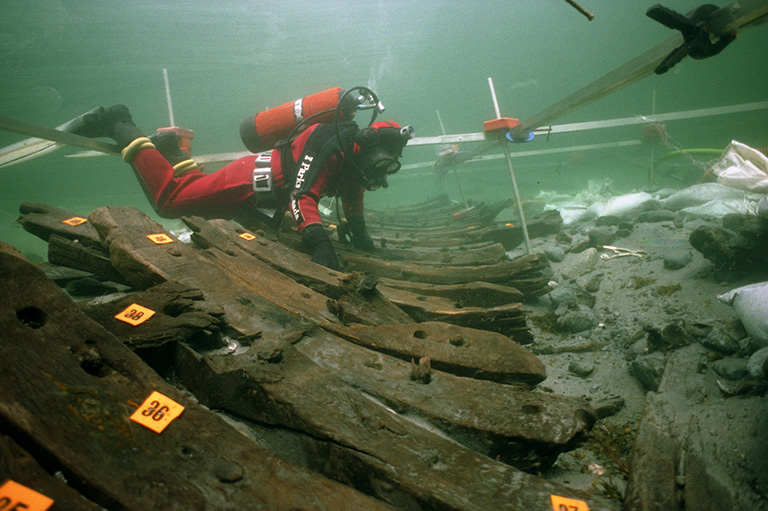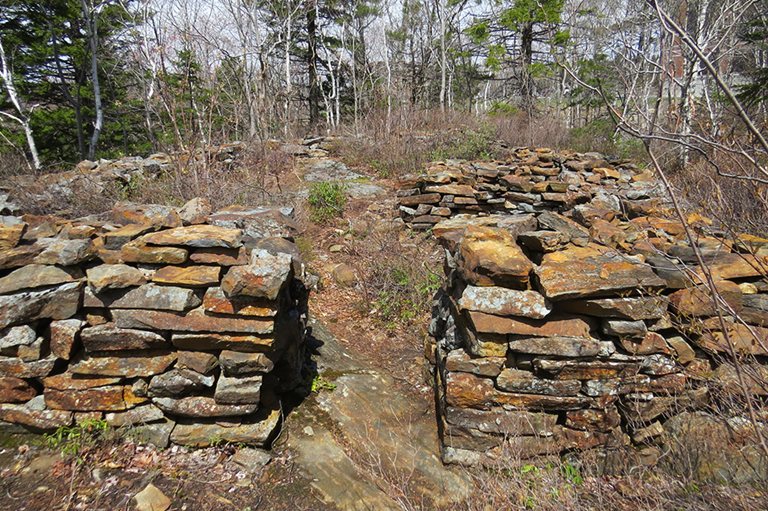Where History Was Made
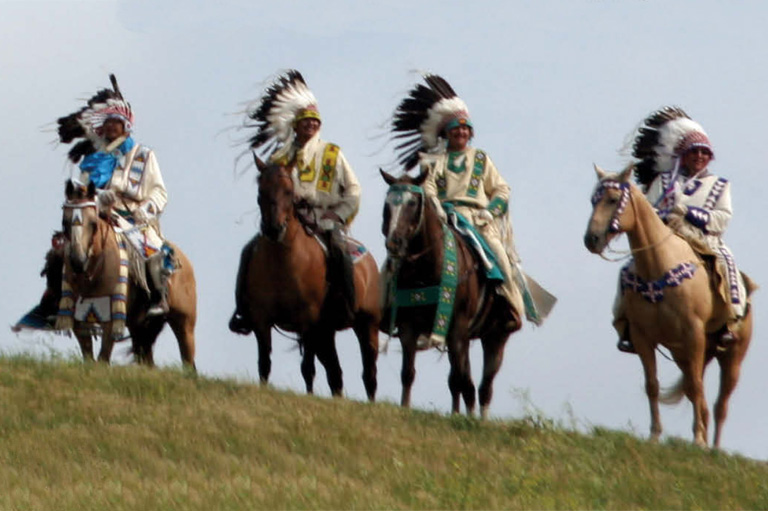
A woman stands on a Winnipeg stage and, using humour as a weapon, strikes a blow against the patriarchy that is preventing her from voting. In Quebec, two armies meet on the Plains of Abraham to decide the fate of a continent. And near a river crossing in southern Alberta, leaders of the Siksika, Kainai, Piikani, Stoney Nakoda, and Tsuut’ina sign a treaty with the Crown that promises peace and prosperity — but the treaty will be reneged upon time and time again.
These seemingly disparate events all share a commonality: they are all key milestones in the history of Canada, and all formally recognized by National Historic Site designation.
A century ago, in January 1917, the federal government created the first National Historic Site — a fort in the Annapolis Valley of Nova Scotia — in an effort to protect the site physically, as well as to preserve it in the historical memory of the country.
Since then, 981 sites have received National Historic Site designations and more than one thousand people and events have been formally recognized for their historical significance. In the following pages, you will find stories of triumph and loss, of progress and great achievement — but also moments of failure, and opportunities to learn from our past mistakes.
It’s been said that Canada has too much geography and not enough history. In truth, Canada is a land where geography shapes — and is shaped by — its history. Our historic places, people, and events are the fabric that make up the tapestry of our country.
Themes associated with this article
Advertisement

